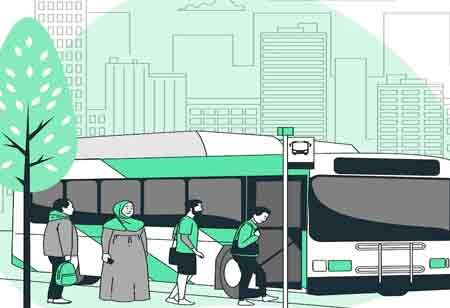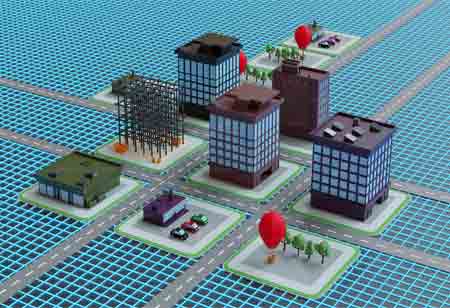Thank you for Subscribing to Gov Business Review Weekly Brief
Sustainable Transit Solutions Transforming Urban Mobility Worldwide
The future of public transportation focuses on sustainability, technology, accessibility, electric vehicles, autonomous systems, and integrated mobility solutions.

By
Gov Business Review | Monday, March 10, 2025
Stay ahead of the industry with exclusive feature stories on the top companies, expert insights and the latest news delivered straight to your inbox. Subscribe today.
The future of public transportation focuses on sustainability, technology, accessibility, electric vehicles, autonomous systems, and integrated mobility solutions.
Fremont, CA: The future of urban public transportation will be sustainable, flexible, and technology-driven, focused on accessibility and efficiency. The progress in electric vehicles, autonomous technology, data analytics, and integrated mobility solutions will help cities cope with urbanization, climate change, and social equity.
The push toward greener cities is one of the most influential drivers of change in public transportation. Electric vehicles are gradually replacing traditional buses, trains, and taxis powered by fossil fuels. Electrification reduces carbon emissions, noise pollution, and dependency on non-renewable resources. Many cities are already integrating electric buses into their fleets, and some are investing in electric trains and ferries.
Another key trend for the future is integrating autonomous technology into public transportation. Autonomous buses, trains, and shuttles could transform people's movement around cities. These vehicles will have sensors, cameras, and advanced software to navigate safely without human drivers.
The mobility-as-a-service (MaaS) concept is emerging as a comprehensive solution to urban mobility needs. MaaS platforms consolidate all modes of transportation, buses, trains, bikes, scooters, car rentals, and even ride-sharing services, into a single app or service.
With MaaS, passengers can seamlessly plan, book, and pay for multi-modal journeys. This could allow commuters to mix different transportation options according to their needs and schedules. MaaS platforms can also minimize congestion and optimize routes.
Data will power the future of public transportation. Smart infrastructure and advanced data analytics will enable cities to manage traffic flows, monitor vehicle performance, and enhance the passenger experience. Sensors embedded in roads, buses, and stations will collect data on traffic patterns, vehicle occupancy, and weather conditions, helping operators make real-time adjustments to schedules and routes.
This data will also predict demand and optimize service frequency, ensuring that buses and trains run when and where needed. Smart ticketing systems and digital payment solutions will make the journey more convenient and user-friendly for passengers. Digital signage, real-time updates, and augmented reality interfaces will provide travelers with timely information, making navigating urban transit systems a breeze.
Integrating active transport options, such as cycling and walking, will be crucial to an effective urban mobility strategy. Cities are increasingly designing bike-sharing programs, pedestrian-friendly zones, and dedicated cycling lanes that connect seamlessly with public transit. E-bikes and e-scooters are also gaining popularity in urban areas. These electric micro-mobility solutions are beneficial for first-mile/last-mile connections.
More in News






